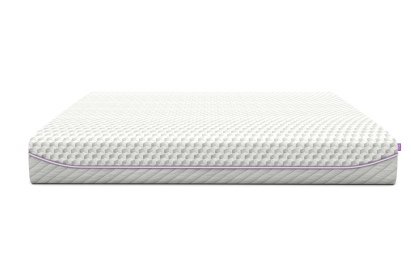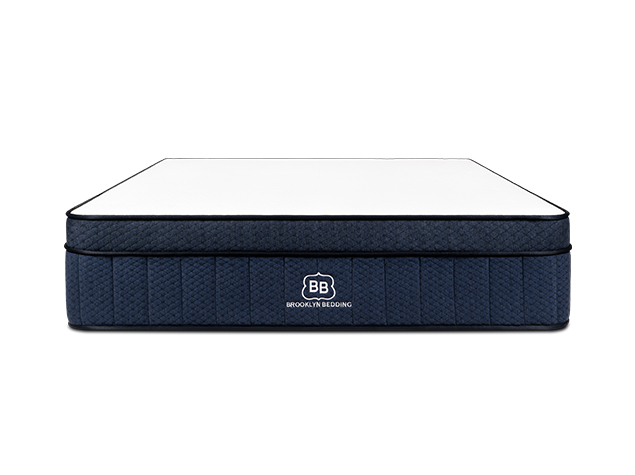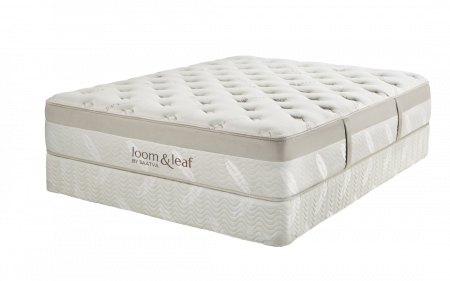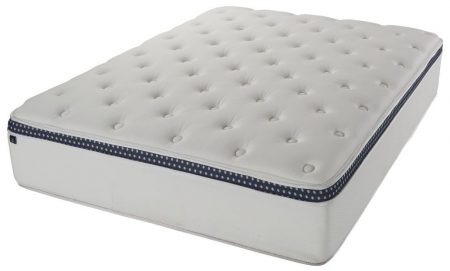Sleep Strategies and Bedding Accessories for Sciatica
In addition to sleeping on a supportive mattress, individuals with sciatica can further improve their sleep quality with the following sleep strategies and products.
How Should I Sleep With Sciatica?
Above, we discussed the optimal firmness settings for each sleep position. To recap:
- Side sleepers prefer softer mattresses
- Stomach sleepers need firmer mattresses
- Back sleepers enjoy mattresses with middle-of-the-road firmness ratings
Regardless of your chosen sleep position, there are ways you can sleep to relieve pressure and improve spinal alignment. For example:
If you experience pain on one side more than the other, avoid sleeping on the painful side. It’s common for people with sciatica to toss and turn during the night so their bodies can find a more comfortable position. Unfortunately, occasionally this results in them sleeping on the painful side.
To keep yourself from turning over onto the painful side, place pillows around your body or put a tennis ball in the pocket of your pajamas. Whenever you try to turn over, the pillows will keep you in place, or your body will react to the ball and stay either on your good side or your back.
Sciatica symptoms can intensify when pressure is placed on the lumbar discs. To reduce pressure in this area, you can sleep with your knees and legs elevated. For maximum comfort, the knees should be more elevated than the legs. Try sleeping with a plush pillow or rolled-up towel beneath your knees (if you’re a back sleeper), or with a thin pillow between your knees (if you’re a side sleeper).
A contoured knee pillow can be a more comfortable option for side sleepers. These are shaped to fit between your knees, with the goal of improving spinal alignment.
If you sleep on your stomach, consider lying with a flat pillow beneath your lower stomach. This can relieve additional pressure in your lower back.
Can Adjustable Beds Help With Sciatica?
Elevating the knees can help prevent sciatic flare-ups in the lower back. While you can achieve this with a pillow beneath the knees, it can also be done with an adjustable bed which can elevate the whole legs.
Most mattresses today are designed to be compatible with an adjustable bed frame. These allow you to adjust the elevation of different parts of the bed using a remote control.
Learn more in our Guide to the Best Adjustable Beds.
What Is the Best Pillow for Sciatica?
Sleepers with sciatica often require two different categories of pillows: a head pillow, and one (or more) to help with positioning.
Head Pillow
When choosing a head pillow, the primary consideration is the pillow’s thickness, or loft. Today’s pillows are categorized into three main loft categories: low loft, medium loft, and high loft.
Side sleepers prefer higher loft pillows, as these can fill in the space between their neck and the edge of their shoulder. Back sleepers enjoy medium to high loft pillows that support the space beneath their neck. Stomach sleepers need only a very low loft pillow, or no pillow at all, so they can maintain as straight a spine as possible.
Generally, people choose their pillow loft by considering their sleep position, head size, shoulder width, and mattress firmness. The table below lists loft preferences based on these factors.




